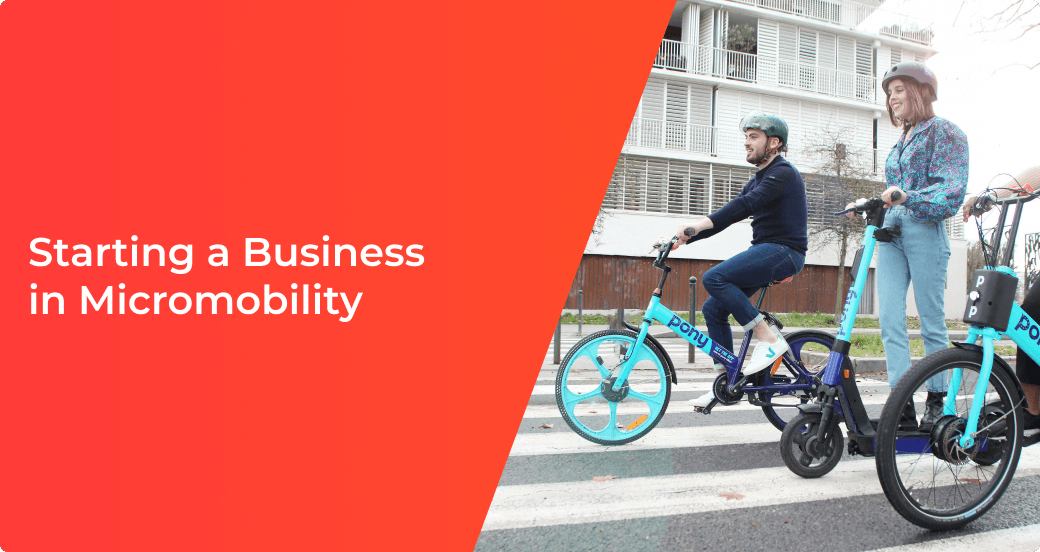Launching a carsharing service is a complicated, serious, and risk-prone step. Here you can find out what you need to know to reduce your risk.

Over the years, standards of urban mobility have changed and adapted to the needs of their time. For the first time the concept of “public transportation,” which has become an integral part of city life, appeared due to the successful idea of French clerk Nicolas Savage, who opened a company for hiring carriages, which quickly found popularity and turned into the world’s first system of urban transportation.
The number of cars on city streets grew proportionally with the growth of people’s well-being and the infrastructure could no longer cope with the enormous flow of cars. The acute transportation problems of modern cities were the impetus for a new stage of evolution in the industry – the dawn of shared mobility. This is confirmed by a PwC study, where Americans participating in co-ownership admit that it makes their lives more efficient: 86% of respondents agreed that sharing makes their lives more affordable, 81% – that it is cheaper to share things than to own them yourself.
According to estimates, one sharing car per day can close the needs of 10-15 drivers, thus saving the city streets from unnecessary traffic on the roads. That is why car-sharing companies get special loyal from the authorities, because they reduce the traffic in the city and the load on public transport, as well as contribute to improving the environment, creating jobs, and increasing tax revenues.
A separate trend in the industry was the development of micro-mobility sharing: bikes, scooters, and electric skateboards. Only online taxi service providers are ahead of them in terms of growth so far. The boom in mobile moving demand is associated with a change in user attitudes towards such services. If previously thought of as entertainment, then now scooters or bikes are a real alternative for moving in large cities where there are problems of traffic congestion or lack of parking. The main task solved by such transportation is the “last mile,” a short movement from public transport stops or parking lots to the destination lasting from 5 to 30 minutes.
Due to its compactness scooter or bike help in places where public transport is not very accessible or inconvenient. Also, movement by this method is 25-30% cheaper than traditional transportation. Additionally, in large cities, micro-mobility is also a way to overcome numerous traffic jams. In the United States in 2021, 30% of kicksharing users replaced cars with scooters, and 27% of residents of large cities use scooters to get from one type of public transport to another. Electric scooters have become popular due to their low weight and high speed, but many cities have a speed limit of up to 20 km/h, but this is enough to move along with the car flow, dodge traffic jams, and enter pedestrian zones.
The explosive growth in the popularity of mobile transport forces authorities to react in the following ways: the transport infrastructure of megacities is expanding, and road surfaces, including sidewalks and bike lanes, are being improved. On the other hand, in some regions sharing is no longer profitable due to the intense competition, which leads to a huge number of unclaimed vehicles that hampers pedestrians.
For several decades, the WHO has been recommending authorities around the world transform urban infrastructure to make it more comfortable for cyclists and pedestrians. This reduces the convenience of using a car, but stimulates the physical activity of the urban population, and thus improves their health. According to the BCG consulting company, which surveyed 5,000 people in major cities in the United States, China, and Europe, the popularity of bikes, scooters, and walking increased during the quarantine by about 40%.
It seems that we are at a stage of radical transformation of the urban mobility system, which opens up a lot of opportunities for entrepreneurs to exploit the commercial potential of a rapidly changing industry.



